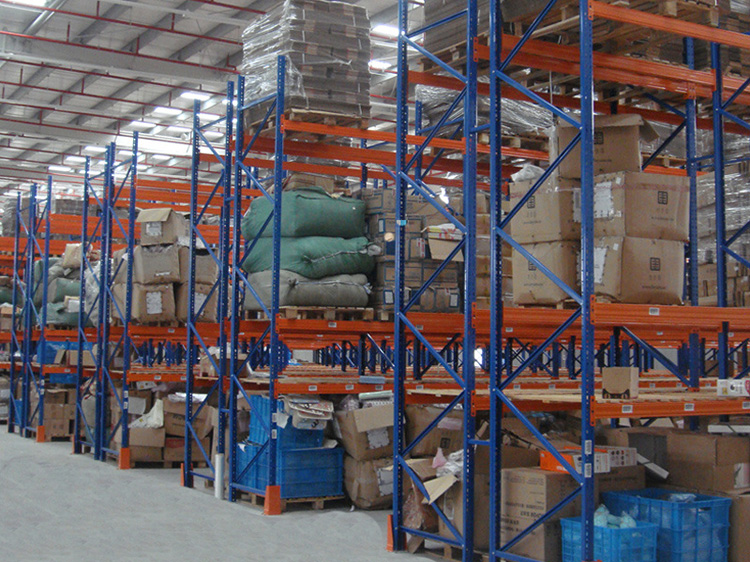Choose suitable storage shelf racks according to different working areas?
In a company’s rack warehouse, in order to better use the rack warehouse to avoid the messiness of various products, the company generally divides the warehouse into multiple different areas. Each area will be used to handle different things, which has the advantage of making the entire rack warehouse’s operations more concise. Choose the suitable storage shelf rack according to the positioning of the storage shelf rack in the warehouse, so what kind of storage shelf rack is appropriate to use in different working areas?
1. Grocery area
The function of the grocery area is generally used for picking up and picking goods. The goods need to be strictly screened before being put into the rack warehouse. Different types of storage shelf racks are classified in a specific way, and then the goods are stored in the rack warehouse by related equipment. Therefore, in the grocery area, some simple structure storage shelf racks that can store a large number of goods can be used, so that more goods can be stored in a limited space.
2. Bulk cargo area
The bulk cargo area is mainly used to handle the handling, transportation, and storage of small unpackaged bulk cargoes. Because the bulk cargo area has a large number of goods, and it is easy to confuse, in order to avoid this from happening, the bulk cargo area is suitable for the use of smart storage shelf racks with higher efficiency.
3. Container area
The container area is mainly used to handle container cargo. Generally, the volume of the container is relatively large, and the weight is also very high, so it is not suitable to use the storage shelf rack in this type of area. If you use a storage shelf rack, it is likely to have the opposite effect.
In order to facilitate the management of a warehouse, it is usually divided into multiple different areas, and the use of appropriate storage shelf racks in each area can effectively play the role of the storage shelf racks and improve the operational efficiency of the rack warehouse. Storage shelf racks are also unknowingly slowly improving the operating model of corporate warehouses.
